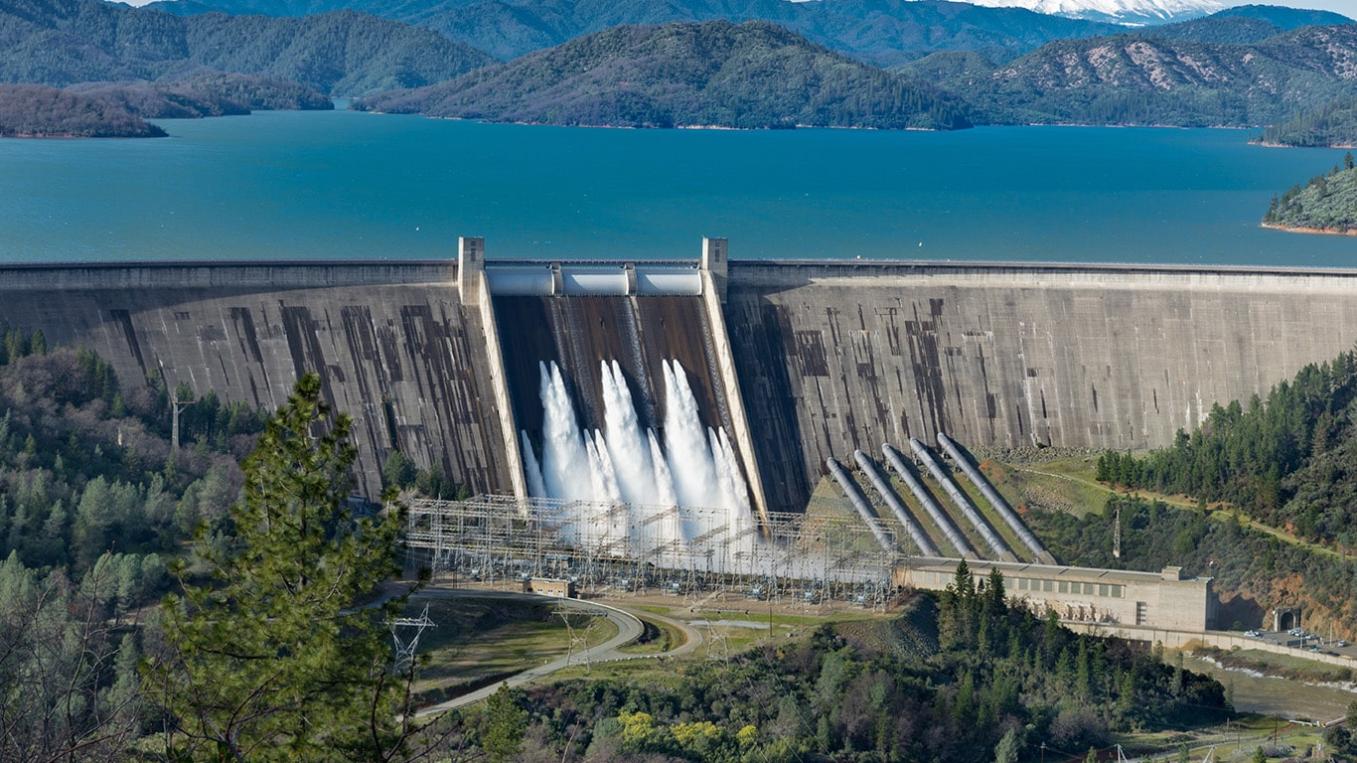How Can Hydropower Contribute to a Sustainable Energy Future?
Hydropower, the harnessing of energy from flowing water, stands as a significant renewable energy source with the potential to contribute to a sustainable energy future. Its advantages, challenges, and strategies for sustainable development are explored in this article.

Advantages Of Hydropower
- Renewable and Sustainable: Hydropower utilizes the energy of flowing water, a constantly replenished resource. Unlike fossil fuels, it does not emit greenhouse gases during electricity generation, making it an environmentally friendly energy source.
- Reliable and Dispatchable Power: Hydropower plants can generate electricity on demand, providing a stable and reliable power supply. This makes hydropower an ideal complement to intermittent renewable sources like solar and wind, ensuring a consistent energy supply.
- Energy Storage and Grid Flexibility: Hydropower reservoirs can store energy in the form of water, allowing for the release of electricity during peak demand periods. This flexibility helps balance the grid and integrate variable renewable energy sources, enabling a more efficient and reliable energy system.
Challenges And Limitations Of Hydropower
- Environmental Impacts: Construction of dams can disrupt ecosystems, displace communities, and alter natural water flows. Hydropower projects can also affect fish migration and aquatic biodiversity, potentially leading to ecological imbalances.
- Social and Economic Impacts: Large-scale hydropower projects may require the relocation of communities and can have negative impacts on local livelihoods. Benefits from hydropower projects may not always be equitably distributed, leading to social tensions and conflicts.
- Vulnerability to Climate Change: Changes in precipitation patterns and water availability due to climate change can affect the output of hydropower plants. Droughts and extreme weather events can also damage hydropower infrastructure, compromising their reliability and efficiency.
Strategies For Sustainable Hydropower Development
- Minimizing Environmental Impacts: Employing environmentally friendly construction methods and technologies can reduce ecological disruption. Implementing measures to protect fish and other aquatic species, such as fish passage facilities, can mitigate negative impacts on biodiversity. Conducting thorough environmental impact assessments before project development ensures informed decision-making.
- Addressing Social and Economic Concerns: Ensuring the participation of affected communities in the planning and implementation of hydropower projects can address their concerns and ensure equitable distribution of benefits. Providing fair compensation and resettlement assistance to displaced communities is essential for minimizing social and economic disruptions. Promoting local economic development and job creation through hydropower projects can create shared benefits for communities.
- Enhancing Resilience to Climate Change: Designing hydropower projects to withstand extreme weather events and changing water availability is crucial for long-term sustainability. Incorporating climate change projections into hydropower planning and operations can help mitigate risks and ensure reliable energy generation. Exploring innovative technologies for hydropower generation in regions affected by climate change can further enhance resilience and expand the potential of hydropower as a sustainable energy source.
Hydropower has the potential to contribute significantly to a sustainable energy future. Its advantages in terms of renewable energy generation, reliable power supply, and grid flexibility make it an important part of the energy mix. However, addressing environmental, social, and economic challenges and implementing sustainable development strategies are essential to maximize the benefits of hydropower while minimizing negative impacts. By embracing responsible and sustainable hydropower development practices, we can harness the power of flowing water to create a cleaner, more sustainable, and equitable energy future.
YesNo

Leave a Reply